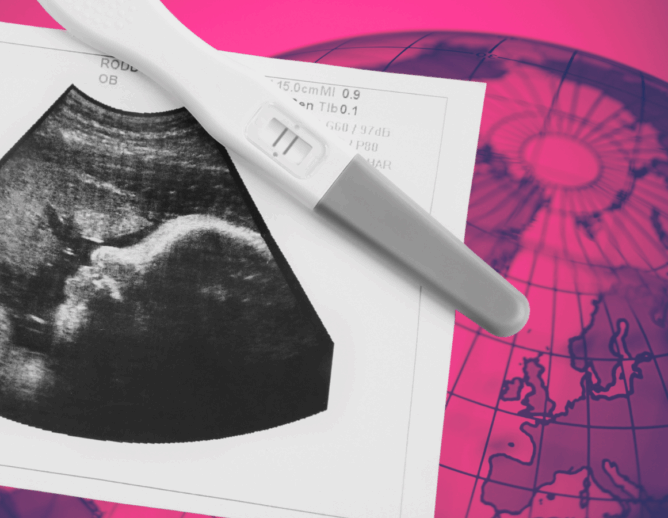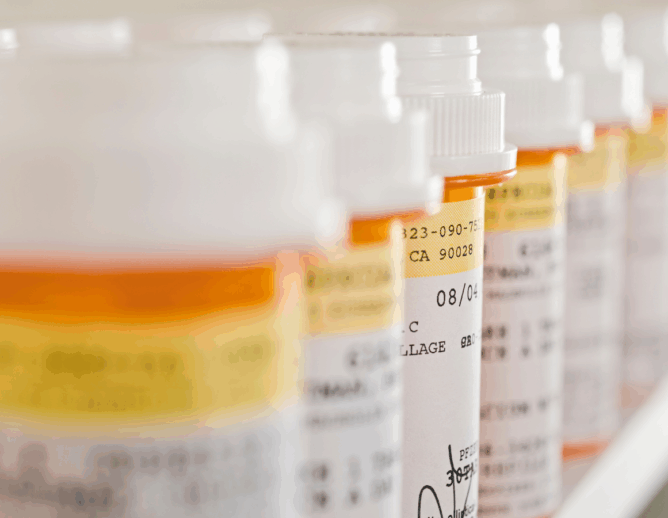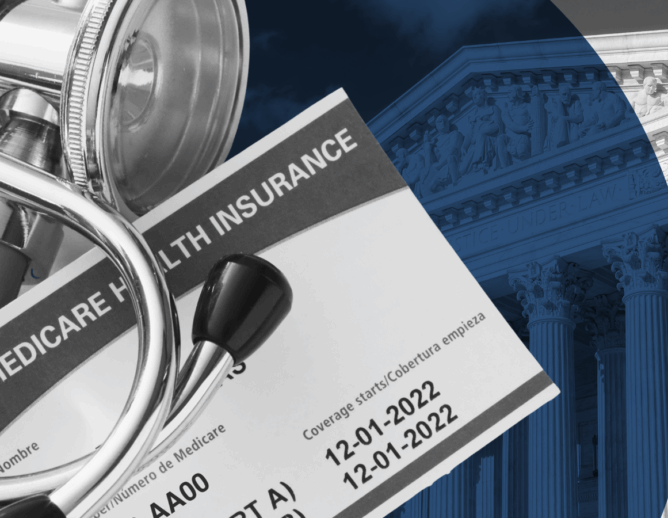Last Sunday, I participated for the first time* in the great American tradition of watching the Super Bowl. During my emersion into this experience, I learned that every year, Super Bowl Nation awaits in anticipation for the commercials: they seem to be almost as important as the game itself! This year’s commercials, which reached on average 102 million viewers, made you tear up, sought to inspire you, and to make you laugh. Not surprising was the number of commercials for soda, junk food, and alcohol, most involving celebrity appearances.
Only fifty years ago, we would have also been exposed to cigarette advertisements (skip to 00:40) during the Super Bowl, something that many of my generation would have a hard time picturing. But, following the 1964 Surgeon General’s report that linked smoking cigarettes with lung cancer and heart disease, pressure started to mount in the US to restrict the tobacco industry’s ability to advertise its harmful products. In 1970, the Public Health Cigarette Smoking Act, signed by President Nixon, banned cigarette advertisements from airing on television and radio and, by 1997, 46 states banned outdoor, billboard, and public transportation advertising of cigarettes. Finally, in 2010 the Family Smoking Prevention and Tobacco Control Act prohibited tobacco companies from sponsoring sports, music, other cultural events, and prohibited the display of cigarette logos or products apparel. The law has been a powerful tool for limiting the Tobacco industry’s reach.
While few question these restrictions on the Tobacco industry’s ability to market its products, few also question the heavy presence of Alcohol and Food and Beverage industries during high-profile events like the Super Bowl. And, while cigarette companies are no longer allowed to sponsor these kinds of events, the giant multinational food, snack, and beverage corporation, PepsiCo, has been the official sponsor of the Super Bowl Half-Time Show (another major highlight of the night) at every game since 2012.
You may ask yourself, is it fair to make a comparison between the Tobacco industry and the Alcohol, and Food and Beverage industries? After all, aren’t we told that there is a safe level of alcohol consumption, and don’t we need to eat and drink to live? The reality is that deaths from noncommunicable diseases (NCDs) such as cardiovascular disease and diabetes are on the rise all over the world and, while tobacco use is a concern, alcohol consumption, unhealthy diets, and physical inactivity are also significant risk factors for many of these preventable deaths.
Alcohol consumption contributes significantly to the burden of disease around the world. From a global perspective, in 2016 three million people died from the harmful use of alcohol. A 2020 study conducted by the National Institute on Alcohol Abuse and Alcoholism (NIAAA) found that around 1 million people in the United States died from alcohol-related causes between 1999 and 2017. Alcohol consumption not only causes digestive diseases, cardiovascular diseases, and cancer, but it is also a significant risk factor for intentional injuries (suicide and interpersonal violence), unintentional injuries (road traffic, falls, drowning), and the transmission of many infectious diseases, such as HIV, tuberculosis, and viral hepatitis.
Unhealthy foods are also a culprit of the global rise of NCDs. From ultra-processed foods to sugar sweetened beverages, people’s diets all around the world are being altered, leading to record levels of obesity and associated NCDs such as diabetes. From 1975 to 2016, the global prevalence of obesity has tripled: in 2017, 13% of adults around the world were considered obese, and the prevalence of overweight and obese children and adolescents aged 5-19 rose from 4% in 1975 to 18% in 2016. The biggest driver of this epidemic is increased energy consumption around the world.
Given the health harms caused by alcohol and unhealthy foods and beverages, could we envision a United States, or a world, where the Alcohol and Food and Beverage industries are subject to marketing restrictions similar to those that are currently imposed on the Tobacco industry?
If the 2020 Super Bowl tells us anything, the answer is, unfortunately, probably not any time soon.
*Forgive me…I’m Canadian and, other than the half-time show, I’ve never watched the Super Bowl.



